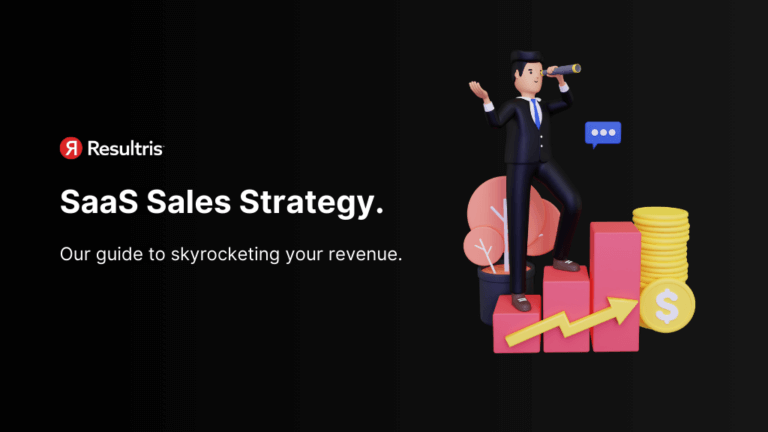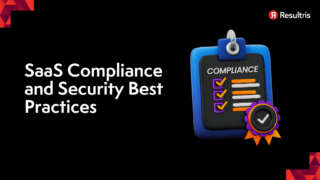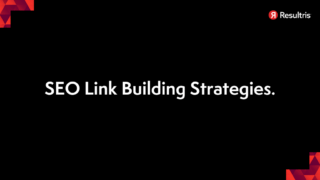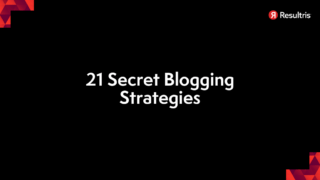

Written by: Tim Eisenhauer
Last updated:

In the rapidly evolving digital landscape, SaaS sales strategy becomes the backbone of every successful Software as a Service (SaaS) company. With an effective strategy in place, we can navigate through the competitive market, meet our customer’s needs, and drive consistent growth for our business.
We’ve been working tirelessly as a leading SaaS marketing consultant to provide businesses with strategic insights that will power their sales engine. We understand that selling software is no easy feat—it’s about understanding your customers’ pain points and offering them a solution that seamlessly integrates into their workflow.
Partner with us at our SaaS marketing agency today! Together, we’ll develop strategies that not only boost your sales but also cultivate long-term relationships with your clients. Let’s revolutionize the way software is sold and create impactful experiences for our customers!
Let’s dive into the world of SaaS (Software as a Service) sales strategies. As both consumers and businesses continue to shift towards cloud-based solutions, understanding how to sell these services effectively has never been more crucial.
So, why is nailing down a solid SaaS sales strategy so important? Well, it’s simple; success in the saturated software market isn’t just about having an excellent product. It’s also about convincing customers they need your solution and making them realize that subscribing to your service will bring substantial benefits to their business or personal life.
Unlike traditional models where you make a one-time sale, with SaaS, we’re looking at recurring revenue. That means we don’t just have to win customers over once – we must keep proving our value month after month. The lifetime value (LTV) of each customer can be exponentially higher than in other industries if managed correctly.
Now that we’ve underscored the importance of successful sales in the SaaS sphere let’s break down some key components:
So there you have it! Those are some primary components to consider when crafting your SaaS sales strategy. Remember, as a SaaS marketing consultant or agency, it’s our job to help software companies make the most of their strategies. Being proactive, staying adaptable and continuously learning about our customers should be at the core of everything we do.
In the ever-evolving world of Software as a Service (SaaS), it’s essential that we adapt and refine our sales strategies. We’ve got to consistently deliver value to customers while maintaining profitable growth. So, let’s delve into how we can develop a winning SaaS sales strategy.
First off, understanding your target market is critical. Without this knowledge, you’re essentially shooting in the dark. As experts in the field, we know that effective market segmentation allows us to better tailor our marketing efforts and product offerings.
So how do you segment your market? It’s simple – by demographics, geography, behavior or any other relevant criteria for your business. By doing so, we’ll be able to identify potential customers who are more likely to purchase our service.
For instance, consider a SaaS marketing consultant targeting small businesses in North America that use digital advertising platforms. They’d first identify these businesses then tailor their services accordingly.
Next up is crafting an irresistible value proposition – this is where a robust SaaS marketing agency comes into play! Your value proposition needs to clearly communicate why someone should choose your service over others in the market.
Let’s illustrate with an example: Suppose we offer an email marketing software with superior automation capabilities compared to competitors. Our value proposition could be “Automate your email campaigns effortlessly with us and save time!”. See how it directly addresses customer pain points?
Lastly but certainly not least important – equipping our sales team with necessary skills and tools is crucial for success in today’s competitive SaaS landscape. This means investing in continuous training programs covering aspects like product knowledge, negotiation tactics or handling objections.
Moreover, using modern enablement tools such as CRM systems or AI-powered chatbots can significantly improve efficiency of sales processes – making life easier for both our sales reps and customers.
In conclusion, developing a winning SaaS sales strategy isn’t rocket science – it’s about understanding your market, delivering clear value to customers and ensuring your sales team is well-equipped for success. And remember, we’re here to help!
We’re now diving into one of the most crucial parts of any successful business: implementing the SaaS sales strategy. It’s not enough to just have a plan; we need to put it into action. And let us tell you, it’s quite an adventure!
To kick things off, we’ll discuss CRM integration. As a leading SaaS marketing agency, we’ve seen firsthand how integrating your sales efforts with a robust CRM system can streamline processes and improve customer relationships.
Consider this: A well-integrated CRM enables your sales team to track interactions with potential customers throughout their lifecycle. This leads to improved customer service, as all information is easily accessible and up-to-date. Furthermore, it helps in accurately forecasting future sales trends by analyzing past data.
Here are some key benefits of CRM integration:
Next on our agenda is metrics and KPI tracking – something no SaaS marketing consultant should overlook. We can’t emphasize enough how important it is to measure your progress towards your goals.
By defining appropriate metrics and KPIs for your SaaS company, you’re laying down markers along the path to success. These could include Monthly Recurring Revenue (MRR), Customer Acquisition Cost (CAC), or Churn Rate among others.
Let’s look at these in detail:
| Metrics | Description |
|---|---|
| MRR | The predictable revenue that a company can expect every month |
| CAC | The cost associated with acquiring a new customer |
| Churn Rate | The percentage of customers who cancel their subscription within a given time period |
Monitoring these numbers will give you insights into what’s working and what isn’t in your strategy – leading us perfectly onto our next point.
The final piece of our implementation puzzle is continuous optimization and improvement. We can’t stress enough how crucial this step is for a successful SaaS sales strategy.
We live in a fast-paced business world, where there’s always room for enhancement. Your sales strategy should be no different. By constantly assessing your performance, analyzing the results, and tweaking your approach accordingly, you’ll stay ahead of the curve.
Here are some ways to ensure continuous improvement:
By integrating CRM, tracking metrics and KPIs, plus focusing on constant optimization – you’re setting yourself up for success in implementing an effective SaaS sales strategy. Remember, it’s not just about having a plan; it’s making that plan work for you!
We’ve traversed the winding road of SaaS sales strategy together and arrived at our final destination. It’s clear that a successful SaaS sales strategy is no walk in the park. It requires constant tweaking, adjusting, and refining to keep up with the ever-evolving landscape of software as a service industry.
When it comes to crafting an effective SaaS sales strategy, we aren’t just talking about making cold calls or sending out mass emails. We’re delving into understanding our target audience, crafting personalized approaches, harnessing technology’s power for automation and data analysis – all while maintaining a customer-centric focus.
As a seasoned SaaS marketing consultant team, we can’t overstate the importance of staying flexible and adaptive in your strategies. The very nature of the subscription-based model means customers have high expectations when it comes to value for money.
Engaging a professional like us – a reputable SaaS marketing agency – could be what you need to elevate your strategy from good to great. Our expertise lies not only in understanding market dynamics but also in tailoring strategies that align with your specific business goals.
Finally, remember this:
In essence, there isn’t one-size-fits-all solution when it comes to SaaS sales strategies. But with diligence, resilience and an openness to learning and adapting – success won’t be far off.
So here we are at the end of our journey through exploring effective SaaS Sales Strategies. We hope you found value in our insights and takeaways from this deep-dive into strategic planning within the competitive world of Software as a Service (SaaS).




